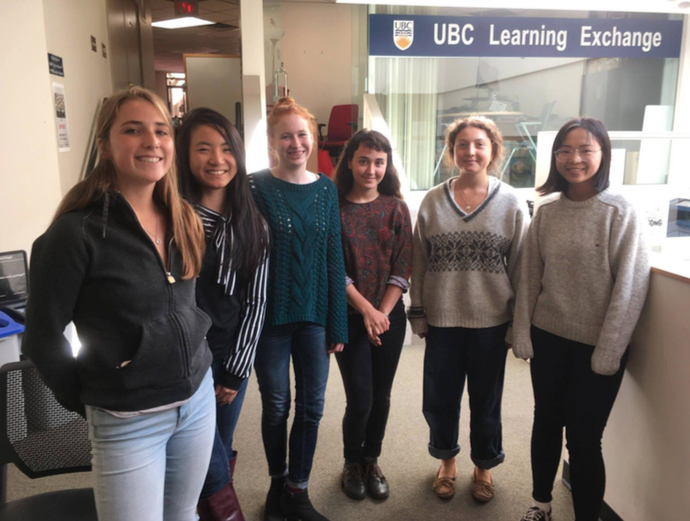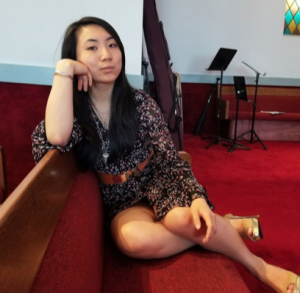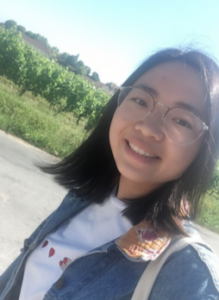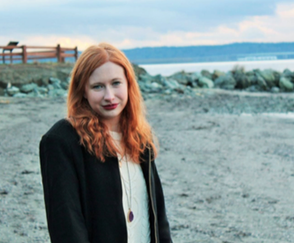Weekly Objectives and Achievements
Over the past few weeks, we have completed and achieved many of our objectives with the help of our community partner from the women’s centre. Our first meeting included interviews with our community partner to ensure our goals align with the mission, vision and values of the women’s center. Once passing the interviews, we were provided with insightful readings and forms regarding the privacy of our interviewees and the expectation of the center. We also completed criminal record checks.
This week we have been focusing on communicating with the centre in order to understand the extent of our project. Through communication, the expectation of the coordinators of the women’s centre became clear, as well as our next steps of the project.
One lesson we learned from this week was how to present the women’s center in our blogpost. To avoid the complication of using the organizations name, we chose to refer to the organization as the women’s centre. This act of communication allowed us to foster a positive relationship with our partner, and helped us to build trust for the future.
To evaluate our progress we will use the what, so what, now what framework.
What:
Research was conducted online regarding what food programs are available in the DTES. It was discovered that various food programs exist in the area and are catered to different demographics. Different food programs allot free food to different members of society. For instance, some are for pregnant women, or women in general, as well as women and children in cohesion. Others provide low costs meals to their general members. Community members of the DTES also use a food bank and a community kitchen.
We have also considered the women’s centre’s current role in the resource access web of the DTES. The food program they will put in place is an extension of the society they have already created. To implement a food program that is as effective as possible, our group must consider the assets the women’s centre currently holds.
So What:
Our background research and literature review provides a basis of understanding the potentials of the work we will conduct. This knowledge is significant because it reflects the various pre-existing resources for women in the DTES. It is not surprising that there are already programs in place for women, as they are of a demographic who are among the most vulnerable to malnutrition, a direct result of food insecurity (Sachs, 2014).
By conducting the literature review in a jointly edited document, we are consistently exposed to one another’s work, bringing all of our knowledge together. An overview of the different programs was extrapolated from this research, allowing us to better understand the range of programs available. We have broken down the aspects of the many food programs into a series of moving parts, which allow the food programs to fill different niches within the larger web of food access improvement strategies. These are: Accessory services (coupled to the food program); Group of people it is accessible to; Specific food services that it provides; Needs or desires it caters to in the community that are self-determined; External needs or desires, e.g. nutritional requirements, governmental standards, larger community development goals; Impact on marginalized voices (within and outside of the socially marginalized demographic that the women centre serves); Cost to the organization and requirements of staffing and equipment, and preparation, storage, and sourcing possibilities.
This information outlines how programs may be designed. Such models can be used to create an improved model better suited to the needs and desires of the women who access the resource centre. As such, these findings will shape how we design our survey questionnaire to further gather our data. It is really important to understand the diversity of potential food program structures when we enter into dialogue with participants in our study, so that we can at once ask open-ended questions and be able to use responses creatively in our analysis and suggestions, while also being able to follow up with questions about these aspects in order to refine and narrow down the preferences of participants. The literature review, then, will help us build stepping stones between the raw data that we collect and how we should reflect on and use it.
Now what:
After considering the information gathered through the literature review, we better understand how we will create a clear and concise survey questionnaire. This is pertinent to creating an optimal survey that will best elicit functional data that may be used to construct a unique food program; one that is indeed based on the needs and desires of the women who access the resource centre. We will incorporate the FAO’s food-security framework (Sachs, 2014) as well as the asset based development approach (Mathie, 2003) while designing the survey. In this manner we can create not only a program that meets the needs of the women, but also one that is increasingly plausible, viable and sufficient. In particular, we will need to communicate with the women’s centre to unearth what assets they have or could acquire to support a food program. More generally, the plausibility, viability and sufficiency increase using these models, as we consider the limits of the women’s centres capacity to promote a food program, we consider the various aspects of food programs niches, as well as the four pillars of food security outlined by the FAO: availability, access, utilization, and stability.
Objectives and achievements: a matrix

Upcoming Objectives
Several aspects of the project must be approved by the coordinators of the women centre before continuing. Specifically, the survey questionnaire that will be used as a guide to the talks we will carry out, as well as the advertising poster and the schedule for the guided talks must be approved.
How we will achieve these objectives
Members of our team will design a poster to be used to advertise our interviews by October 20th. The poster will be sent for confirmation before it is posted at the drop-in centre. In order to confirm an interview schedule for the upcoming month, we will send the coordinators our weekly availability by October 17th, which will be used by the coordinators to create the interview schedules. We will also research what resources are already available to the women in the DTES through the women’s shelter and other nearby establishments, as well as online to consolidate our understanding of the neighbourhood.
___________________________________________________________________________________________________
Work cited:
Mathie, A., & Cunningham, G. (2003). From clients to citizens: Asset-based Community Development as a strategy for community-driven development. Development in Practice, 13(5), 474–486.
Sachs, C., & Patel-Campillo, A. (2014). Feminist food justice: Crafting a new vision. Feminist Studies, 40(2), 396-410.






